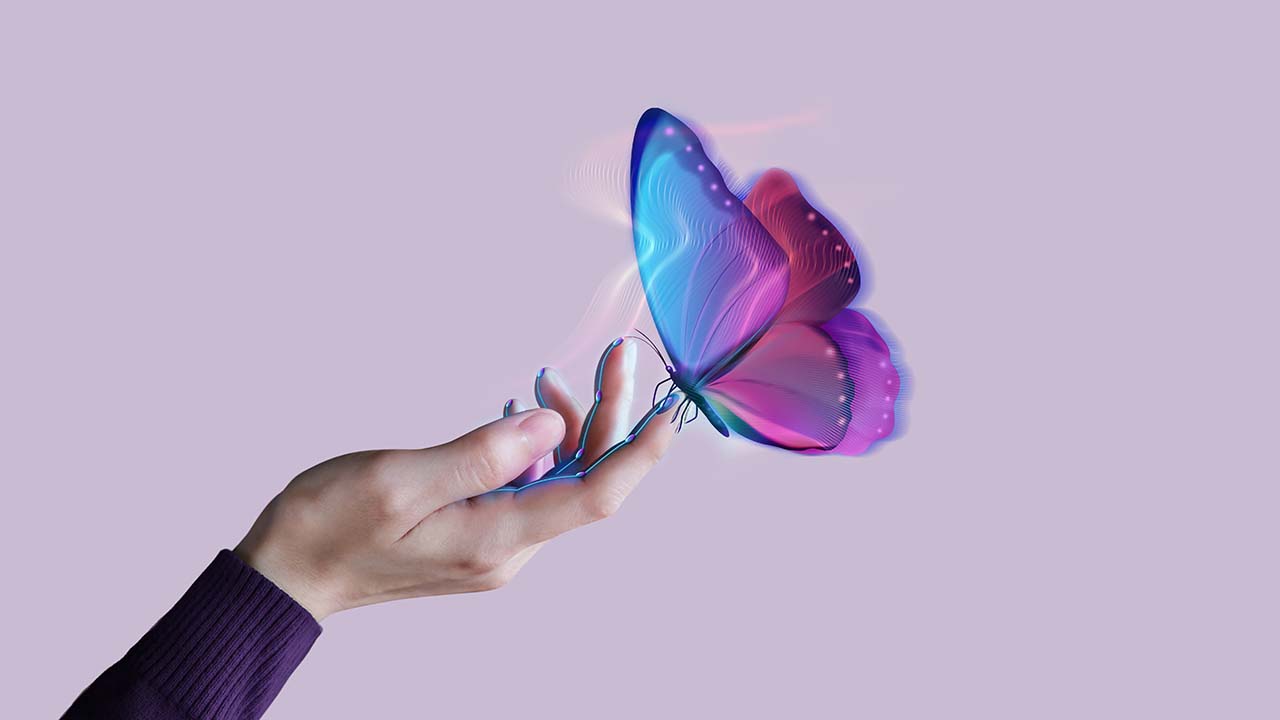
The seamless integration of all senses, vision, hearing, smell, taste and touch has been a dream goal for fully immersive VR. Now, the technology might be on the way to gaining the sensation of touch, thanks to new work by researchers at the University of Malaga. In a new peer reviewed paper, the team outline how they have discovered the secret of creating phantom sensations anywhere between two points, using only two actuators.
The discovery could lead to simplified touch simulation, allowing VR participants to receive tactile feedback through vests or hand controllers for instance. The discovery could also be used to assist visually and audibly impaired people. For example, transmitting musical sensations through the body of someone without hearing, or touch screens that could simulate braille through tactile feedback.
Beyond haptic feedback
While haptic feedback is nothing new, until now it hasn't been known how to generate a phantom sensation at defined points, at will, reproducing a sense of static or dynamic touch. Sure, you can create a vest with a multitude of actuators within it arranged in a grid to give haptic feedback at any point on a grid. However, the new research allows the position of sensations to be created at any point between only two actuators, not only simplifying things, but increasing the 'resolution' of where those sensations can take place.
In a press release, Professor of the Department of Electronics Andrés Trujillo said of the research, “With proper stimulation, an individual, instead of perceiving two isolated vibrations, can experience the feeling that there is a vibrating point moving between these two devices, although this point does not really exist, it is illusory,”
He went on to explain, “With proper stimulation, an individual, instead of perceiving two isolated vibrations, can experience the feeling that there is a vibrating point moving between these two devices, although this point does not really exist, it is illusory,”
It goes without saying that there's a much longer road ahead to develop a system that can generate a touch sensation that simulates true texture, or the feeling of a gentle breeze on the skin without highly complex setups, such as the HaptX glove.
Trujillo said, "“The conventional application would be to place a series of actuators, not just two, and systematically switch them on and off to create the feeling of movement,”
Understanding how phantom sensations can be generated in the first place is a significant step to making much lighter weight products, as well as having a wider variety of practical applications beyond gaming and entertainment. It's a hugely important step, too, when it comes to VR and AR. Touch and feel play such a large part in how we interpret the world, that virtual reality can never be truly immersive without it.
Cheat sheet
- Researchers at the University of Malaga have made progress in creating phantom sensations for fully immersive VR using only two actuators
- This discovery could lead to simplified touch simulation in VR, benefiting visually and audibly impaired individuals
- It enables the transmission of musical sensations and simulating braille through tactile feedback
- Understanding how phantom sensations can be generated is a significant step toward developing lighter weight products and expanding practical applications in virtual and augmented reality
Tags: Technology VR & AR


Comments